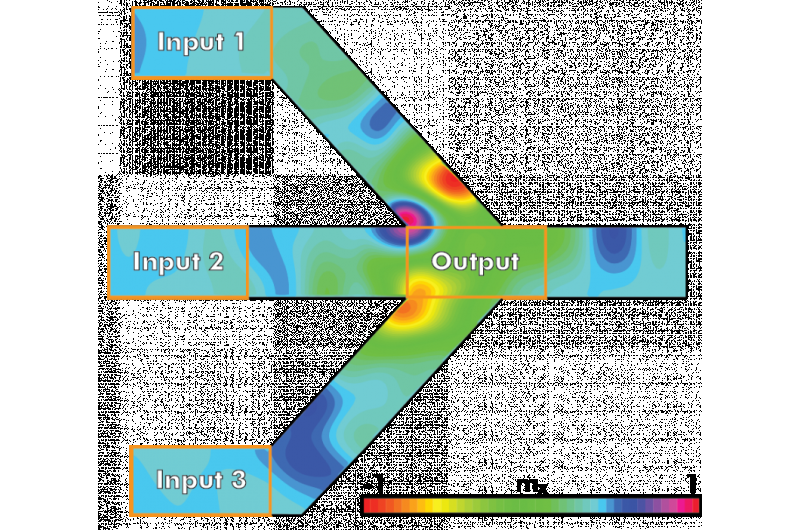Figure 1 – 2D distribution of spin-waves propagation in a 1µm wide CoFeB conduit recorded using Brillouin light scattering spectroscopy (BLS).
At the Annual Conference on Magnetism and Magnetic Materials, imec, the world-leading research and innovation center in nano-electronics and digital technologies, presented breakthrough results supporting the building of technology-relevant majority gates based on spin waves. Reporting two industry-first achievements that are crucial for ultralow-power beyond-CMOS technology, imec demonstrated the generation and detection of spin waves in sub-micron-sized magnetic waveguides with wavelengths smaller than 350nm traveling over 10 micrometer in a 500nm wide waveguide, and proposed models for majority operation in nanoscale spin-wave structures.
Spintronic majority gate devices are promising alternatives to CMOS technology for certain applications, for example for arithmetic circuits. Majority gates are devices where the state of the output is determined by the majority of the inputs: if for example more than 50 percent of the inputs are true, the output has to return true. The output of the spin-wave majority gate is then based on the interference of multiple spin waves that propagate in a so-called spin-wave bus, or waveguide. When miniaturized down to the nanoscale, spin-wave majority gates could enable arithmetic circuits that are much more compact and energy-efficient than CMOS-based circuits.
Imec, in collaboration with the University of Kaiserslautern and Paris-Sud University, studied spin-wave propagation in a 10nm thick magnetic waveguide. Importantly, they found that spin waves, excited by an RF-driven antenna, can travel more than 10 micrometers in a 500nm wide waveguide. In a second experiment, they developed an all-electrical detection method for characterizing propagating spin waves in a magnetic bus. Spin waves with wavelengths as miniscule as 340nm could be detected—more than two times smaller than previously achieved industry results—paving the way towards scaled spin-wave conduits.
Figure 2 – Fork structure of a majority gate consisting of input and output magneto-electric cells integrated in a spin-wave bus. The picture shows a snapshot at t=0.8ns when inputs are 110.
Through micromagnetic simulations, the operation of a nanoscaled fork-like spin-wave majority structure was successfully demonstrated. At these small dimensions, magneto-electric cells are used instead of antennas to excite and detect the spin waves. The proposed detection scheme allowed imec to capture the majority phase result of the spin-wave interference in a very short time frame, which was less than three nanoseconds.
"Spin-wave majority gates with micro-sized dimensions have previously been reported, however, for them to be CMOS-competitive, they must be scaled and handle waves with nanometer-sized wavelengths," stated Iuliana Radu, distinguished member of technical staff coordinating Beyond CMOS at imec. "We propose here a method to scale these spin-wave devices into nanometer dimensions. Today's exceptional results will open routes towards building spin-wave majority gates that promise to outperform CMOS-based logic technology in terms of power and area reduction."
Provided by IMEC






















